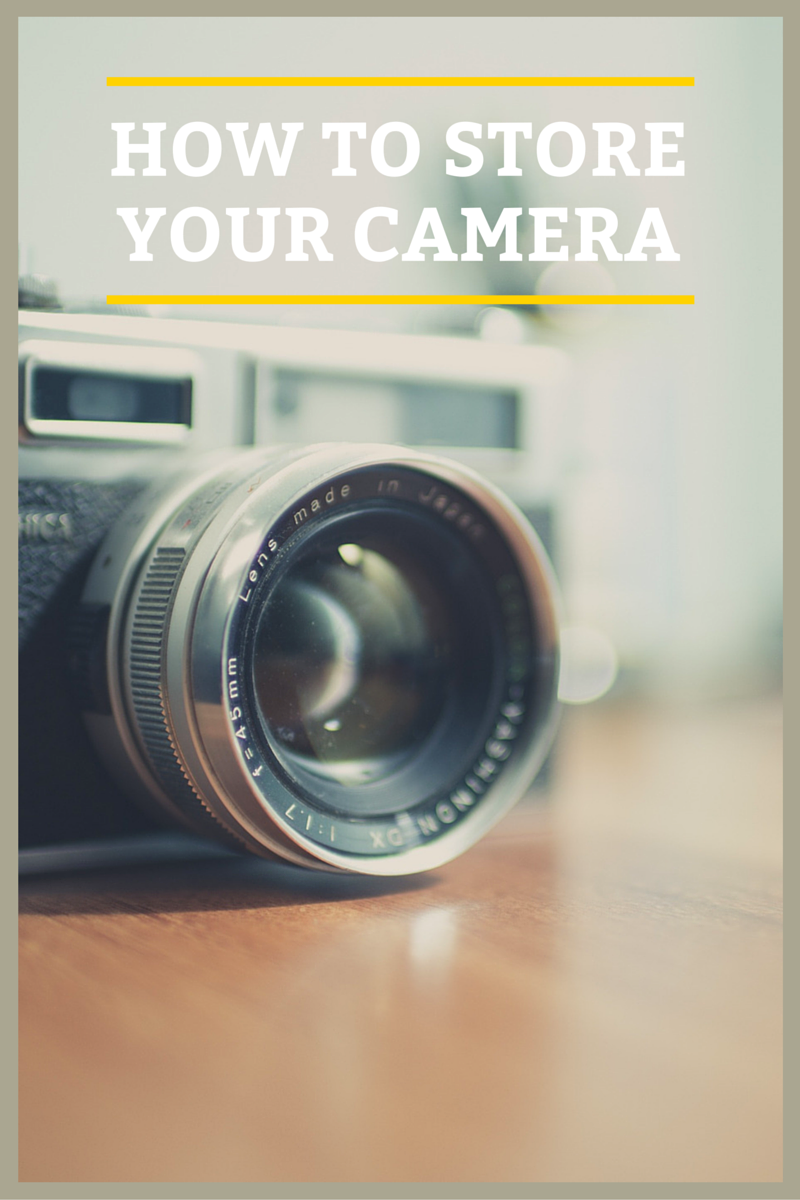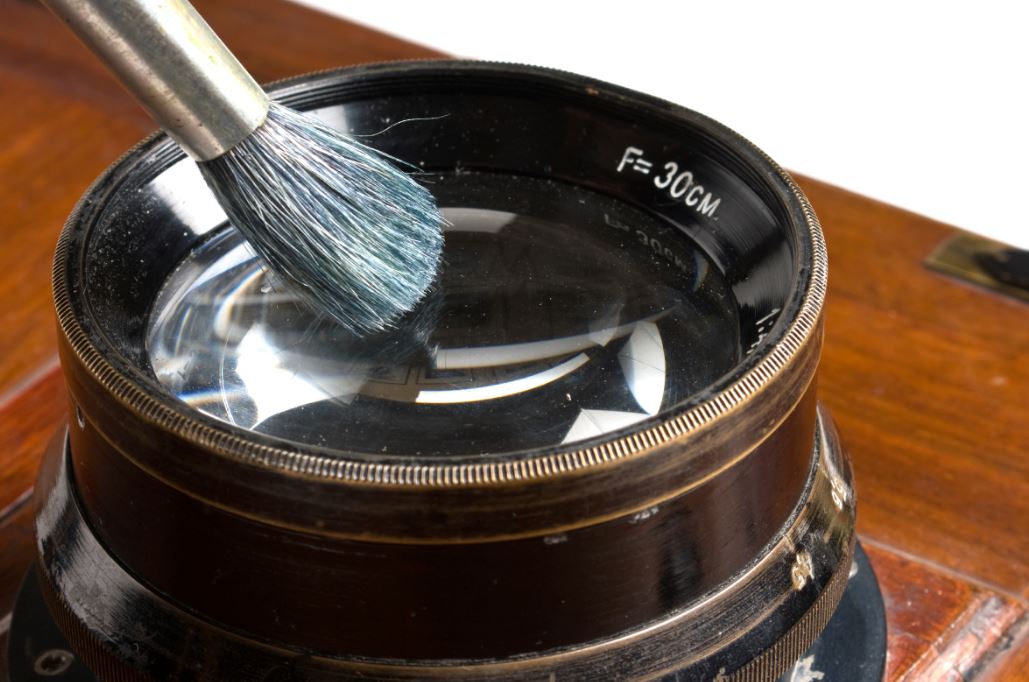
There are a wide variety of cameras made before the digital era. Whether you have a vintage camera from the 1920s or a 1990s camera that uses 35mm film, there are proper ways to store and care for the camera and its equipment. Investing in the proper equipment and dedicating the time to maintain an analog camera will help ensure you can use it for years to come.
Analog Camera Storage
Storing your analog camera in a designated camera case is the best option for short- or long-term storage. A hard case provides the most protection because it protects your camera from bumps or drops that may happen if you move it around. Soft camera cases are also an option; just make sure you use care when you move the camera from one location to another.
Before you put your camera in the case, remove the batteries from the camera and from the camera equipment, like the light meters and external flashes. Batteries can leak over time if left unattended, so removing them from your camera will help protect it. If you have a vintage camera, don’t throw the batteries away unless you know you have something that will work as a replacement.
When you’re looking for a place to house your analog camera, choose a climate-controlled location. “Do not store the camera or lens in excessive heat such as the inside of a vehicle during the summer or near a heater,” recommends camera manufacturer Nikon. A garage wouldn’t be a good option because the temperature varies too much. You can opt for a closet in your home, or renting a monthly climate-controlled storage unit has great benefits and flexibility for camera storage.
Analog Camera Care
One of the most important tips for keeping an analog camera in good working order is to keep it dry so you don’t get fungus on the lens. “Not just dry-in-a-dry-cabinet kind of dry, but dry-like-the-desert kinda dry, since any humidity in the air (especially in a dark closet) can convert your lens into a make-shift dish,” recommends Udi Tirosh, a writer at DIYPhotography.
There’s a simple solution to removing humidity from the air: silica gel packets. “Silica gel is the substance in those little paper bags that look like coffee-sugar-bags that you find in shoe boxes or coats nylons. They are there to absorb humidity,” Tirosh says. “Luckily you can get silica gel packets for really cheap and place them in your lens drawer (or your other lens-organizing-device).” If you don’t want to use the packets, opt for reusable silica gel containers instead. They’re still affordable (although not as cheap as the packets), but they are reusable and have an indicator to alert you when they are no longer effective.
Taking extra care with the lens should also be a high priority. “Without a working lens you are stuck with an expensive vintage paperweight,” says Elias Carlson, writing for Moorea Seal. When storing the camera lens, make sure both lens caps are in place: the front cap and the rear cap. If the lens needs to be cleaned, use a lens cleaning kit. “The kit contains a two-sided brush that looks like a paintbrush,” Michael Gabriel of Contrastly writes. “One end of the brush is a foam eraser that you can use to remove smudges from the lenses.”
Periodically, take your camera out of storage and put it to use so everything stays lubricated. Click the shutter as if you are taking photos, turn the knobs, and even put the lens on and take it off. This will help ensure your camera stays in good condition even though it’s not being regularly used.
Film Storage
There is an art to storing and caring for film. It might defy common sense, but the best place to store film is in the refrigerator. This reduces the fog and haze that can appear on film when it’s been stored for a long time. For everyday storage, keep your film canisters at 50 degrees Fahrenheit or lower. If you need to store film for longer than six months, store it at 0 degrees Fahrenheit or lower.

Refrigeration does help film last longer, but it doesn’t reduce the effects of ambient gamma radiation that can deteriorate the quality of the film. “Naturally occurring gamma radiation increases the D-min and toe densities and also increases grain,” according to film manufacturer Kodak. “Higher speed films are affected more by gamma radiation than lower speed films.”
If you store your film longer than six months, test it before use to make sure it performs the way you want it to. Before you use film that has been frozen or refrigerated, let it come back to room temperature before you put it in your camera. A 100-foot roll of 16mm film takes about 30 minutes to thaw; a 1000-foot roll of 35mm film takes about 3 hours to thaw.
Storing and caring for your analog camera and its film is time well spent. It helps preserve the quality of your equipment. When you follow the proper storage and care procedures—from storing your camera into a climate controlled self-storage unit to the care of the film—you can enjoy the beauty of analog photography for a long time. Find monthly storage rentals near you today!






